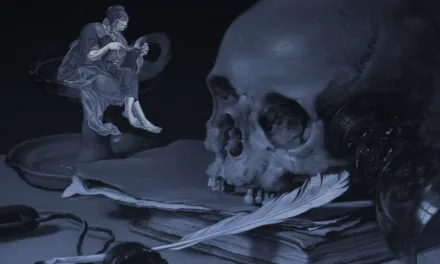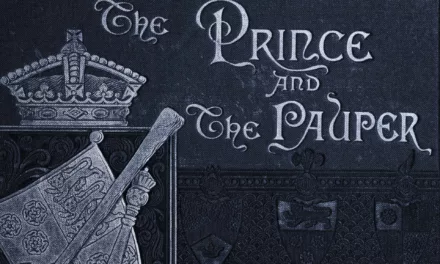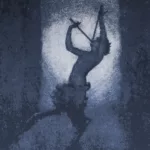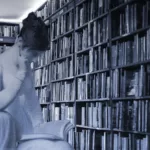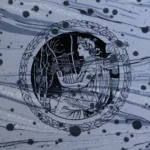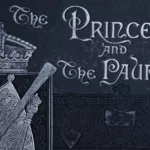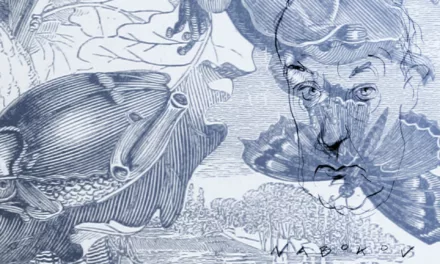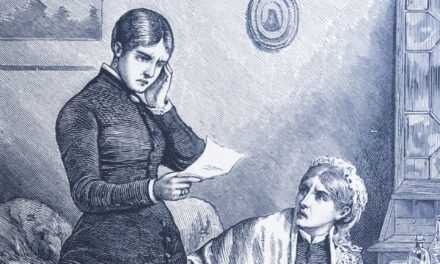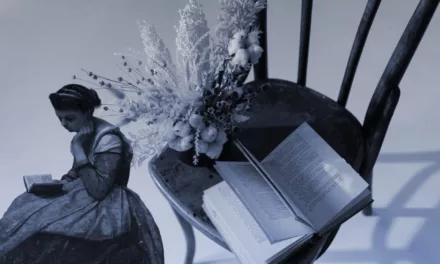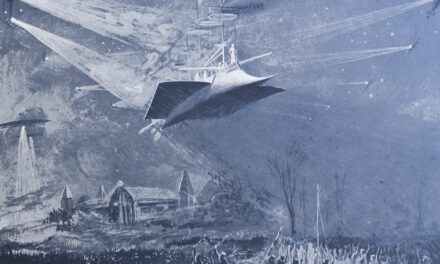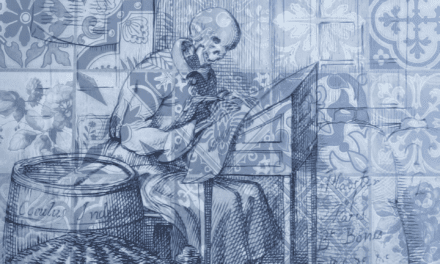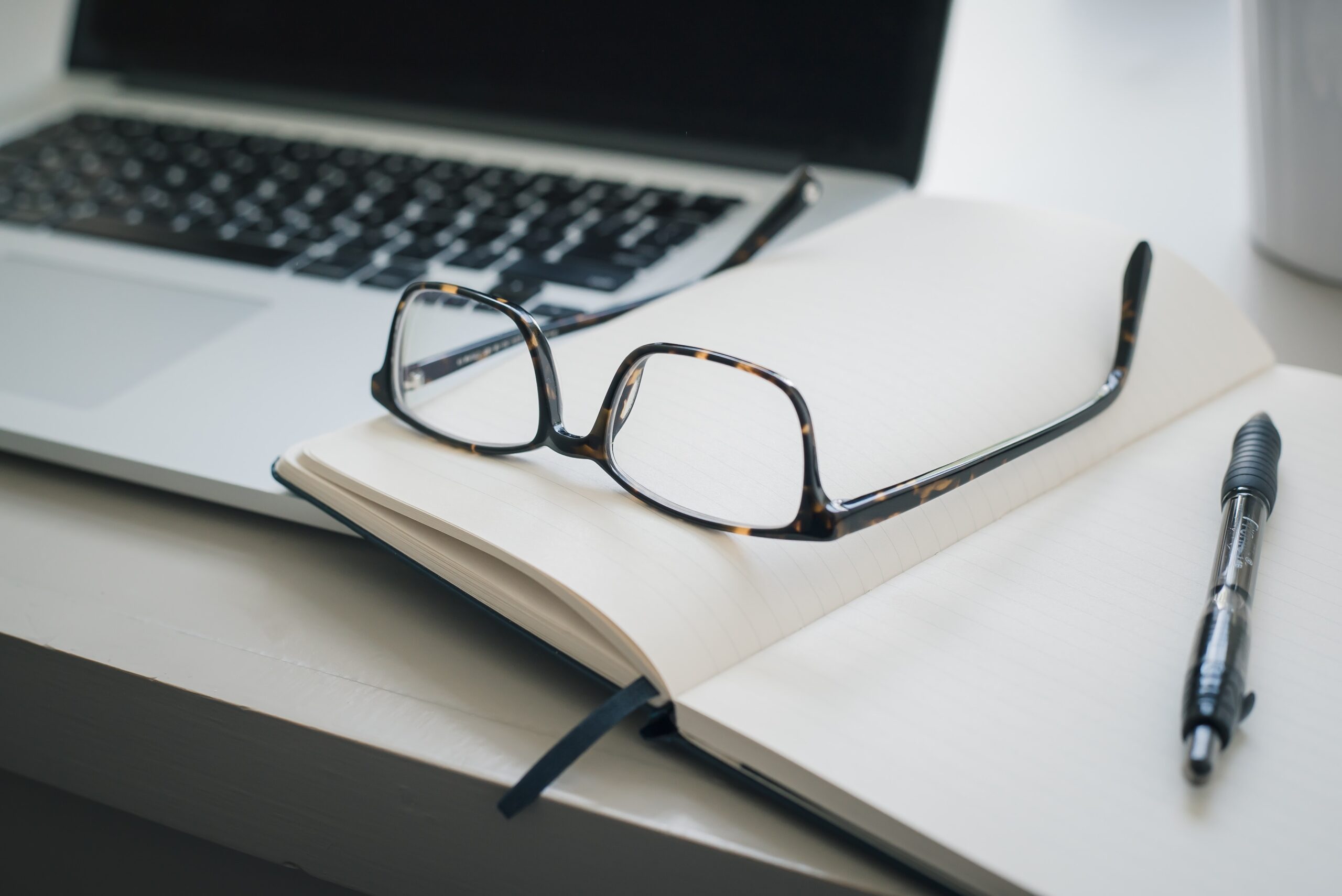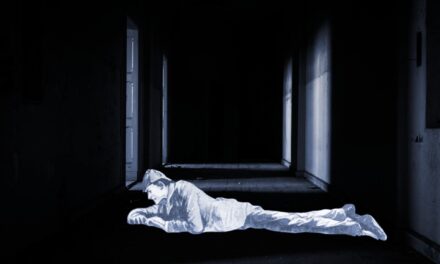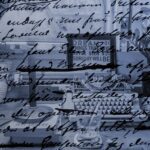
Genre Talk: Exploring the World of Steampunk
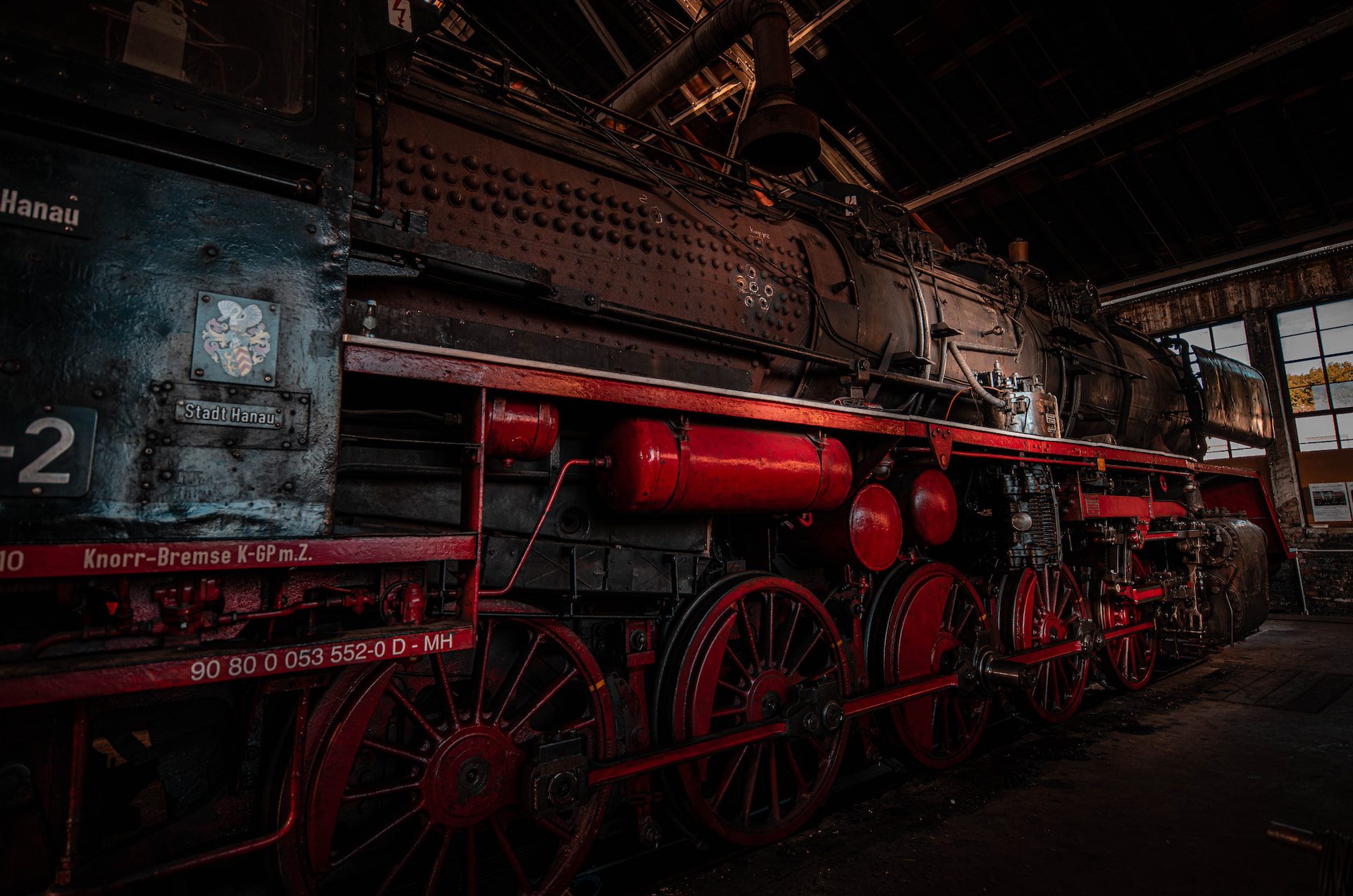
What is Steampunk?
Steampunk is a subgenre of science fiction that combines historical elements with anachronistic technological features inspired by science fiction. The time period for steampunk is typically set during the Victorian era or an alternative Victorian-like timeline, with technology powered by steam that outstrips what is historically accurate.
This unique genre is characterized by its distinct aesthetics, which include brass, gears, leather, and steam-powered machinery. It can also cross over into the realms of fantasy, with elements of time travel, magic systems, and fantastical creatures.
K.W. Jeter coined the term “steampunk” in 1987 in a letter to Locus magazine. It referred to a sub-genre of science fiction combining Victorian-era aesthetics and steam-powered technology. The term quickly spread and is now used to describe literature, film, television, and fashion with futuristic or fantastical elements inspired by the Victorian era.
Key Characteristics of Steampunk
Steampunk is less about the content and more about the presentation. It’s generally punctuated by flowery language written in a similar style to Victorian literature, but with a more modern subject matter. This subgenre is ideal for lovers of classics and sci-fi, who have always wanted to see the two genres blend.
To help you better understand the essence of steampunk, here are some of the key characteristics that define the genre:
- Alternative history setting: The timeline in steampunk often diverges from our own history, creating an alternate reality in a world that branched from our own at some point in the 19th century (usually around the Industrial Revolution).
- Steam power: Steam power is the primary technology used for everything from transportation to communication. This often includes fantastical machines like steam-powered airships, robots, weapons, and gadgets.
- Victorian aesthetics: Steampunk has a specific visual style, heavily influenced by Victorian fashion and design. The clothing, architecture, and machines often incorporate leather, brass, and gears, creating an iconic and recognizable look.
- Inventors and adventurers: The protagonists in steampunk stories are often adventurers or inventors, pushing the boundaries of science and exploration. They include daring quests and epic battles, with technology at the heart of it.

How to Write Steampunk
Writing steampunk involves a combination of imagination, historical research, and attention to detail. It’s all about creating a vivid and immersive world that transports readers to an alternative version of the past. Here are some essential steps to make sure you write the best Steampunk story possible:
- Research: To accurately portray the Victorian era or an alternative version of it, spend time researching the era’s history, fashion, and technology. This will help you create a believable world and incorporate historical elements into your story.
- World-building: A key aspect of writing steampunk is the world you create. Focus on building a detailed, intricate world that combines history, steam technology, politics, and your unique spin on the genre. Establish the historical context and the setting in which your story takes place. Think about what kind of technology exists in your world and how it affects the lives of your characters.
- Characters: Steampunk often features larger-than-life characters with bold personalities. Consider how your characters fit into the world you’ve created and what drives them. Your characters should be interesting and well-developed, with their motivations and goals tied to the steampunk world they inhabit.
- Unique technology: One of the defining features of steampunk is the use of steam-powered technology. Consider how you can incorporate fantastical machines and gadgets into your story, base them on historical prototypes to give them a sense of realism, and give them something special that sets your work apart from others in the genre.
- Plot: Develop a compelling plot that centres on the essential elements of steampunk. This can include incorporating technology as part of the plot, showcasing the societal impact of steam-powered inventions, and exploring political tensions within your alternate world.
- Emphasize aesthetics: The Victorian era was known for its ornate and intricate design, so it’s important to incorporate this aesthetic into your writing. Think about how your characters dress, the architecture of your world, and the overall look and feel of your story. How is it the same as its historical basis, and how does it differ in its historical divergence?
- Language: Use language that evokes the Victorian era and steampunk aesthetics. This may involve using anachronistic terminology, authentic-sounding dialogue, and descriptions that bring your steampunk world to life.
Recommended Steampunk Books
To truly understand the genre and get inspired, it’s essential to read some great examples of steampunk literature. Here are some must-read steampunk books to get you started:
Note: All purchase links in this post are affiliate links through BookShop.org, and Novlr may earn a small commission – every purchase supports independent bookstores.

